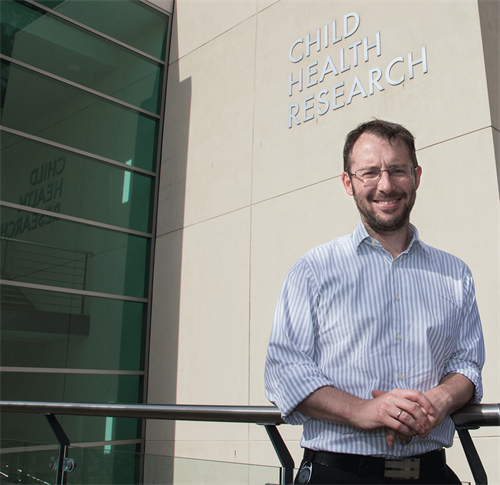Search

News & Events
Sunny outlook for allergy-prone bubFelix was one of 195 children to take part in Dr Debbie Palmer’s research into sunlight exposure, vitamin D and eczema.

News & Events
Let the sun shine inFor decades Aussies have been told to minimise sun exposure to prevent skin cancer - now researchers at Telethon Kids are challenging that message.

News & Events
Rapid response to e-cigarette findingsTelethon Kids Institute-led research revealing that six out of 10 nicotine free e-cigarette liquids contained nicotine and other potentially harmful chemicals.

News & Events
Helping hand on home stretch to adulthoodTelethon Kids Institute data linkage research confirming young people who have experienced out-of-home care face serious disadvantage.

News & Events
Alcohol screening tool transforming maternity practiceA screening tool to help midwives and other health professionals contribute to the prevention of FASD is changing maternity practice across WA public hospitals.

News & Events
Campaign pays off as alcohol labelling gets green lightFollowing strong evidence and lobbying by The Kids Research Institute Australia researchers and others, labels to warn women about the risks of drinking during pregnancy are to become mandatory on all alcohol sold in Australia and New Zealand.

News & Events
New focus on type 2 diabetesResearchers at the Children’s Diabetes Centre at The Kids Research Institute Australia have begun researching type 2 diabetes to tackle the rising incidence of the disease among young people in Australia.

News & Events
Whooping cough vaccine could be a new weapon in the fight against food allergiesResearchers from The Kids Research Institute Australia and Curtin University will use a $3.9 million grant from the National Health and Medical Research Council to investigate whether a type of whooping cough vaccine could provide bonus protection against food allergies and eczema.

News & Events
Food and nutrition in pregnancyA healthy and balanced diet is important if you’re pregnant or planning a pregnancy.

News & Events
Top five things you should know about the measlesDr Tom Snelling from The Kids explains the top five things you should know about the virus and why having the measles vaccine is so important.
